Dry with sunny spells, but a very cold wind.
All Ichneumonids are parasitic, choosing butterflies, moths or flies as the host. The Ichneumon lays an egg into the host larva which then continues to develop and pupate in the normal manner. During the moth pupation, the Ichneumon egg hatches and the Ichneumon larva eats the contents of the moth pupa, leaving the external cocoon entire. The fully-grown Ichneumon larva then pupates inside the moth cocoon and emerges at the appropriate time.
In this case, the host is Elephant Hawk Moth, and the Ichneumon is Amblyjoppa proteus.
First signs of activity were the appearance of a small hole at the head end of the pupa, followed by a leg.
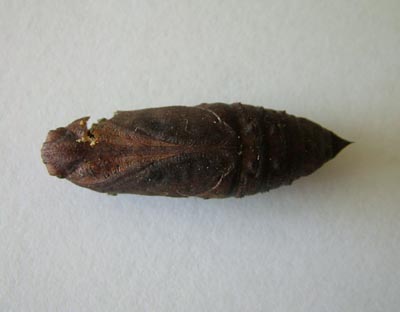
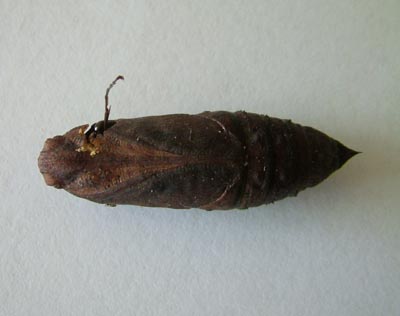
Then I could see two eyes watching me.
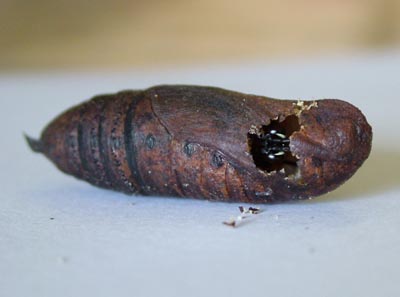

An antenna appeared, followed by a head and leg.
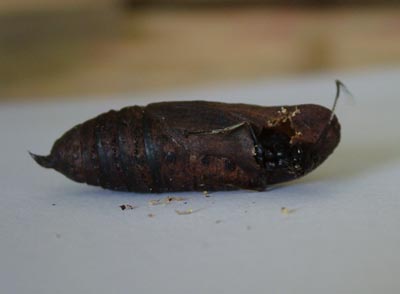
The two front legs were used to lever the body through the small hole.
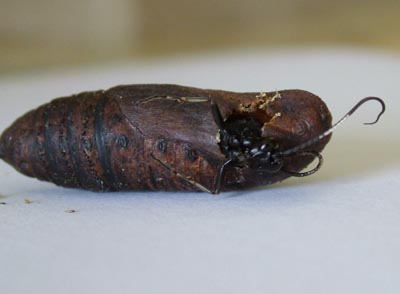
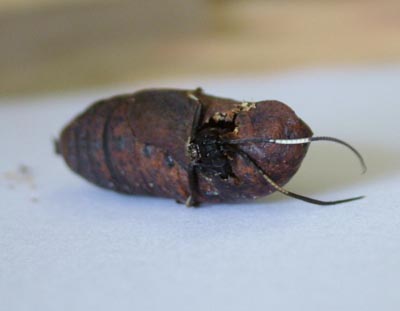
The activity became frenzied at this point, with the pupa being thrown around quite violently. I suppose the creature is most exposed when half emerged.
The emerged Amblyjoppa then began to clean itself with the rear legs.
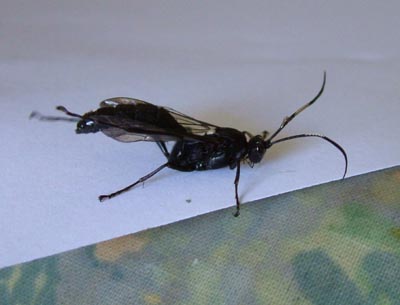

Wings and antennae were tended to, then it appeared to realise that it was still lying down.
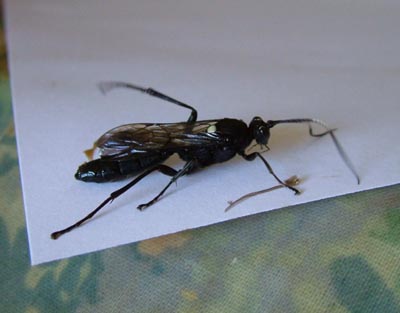

So the legs were extended, raising the body. Then it wandered off.
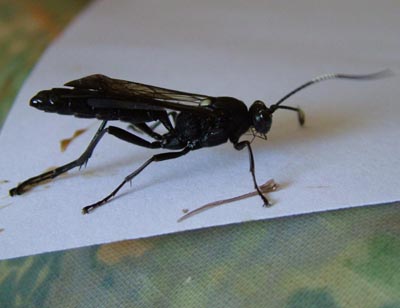
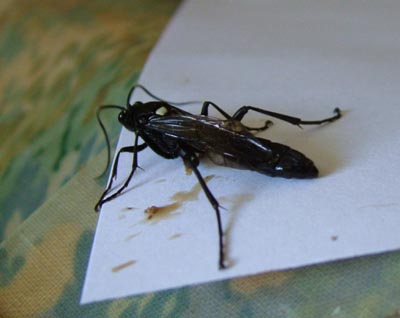
The whole procedure took about 5 minutes. The Amblyjoppa is about 3 cm. long and 1 cm. tall. Those long legs will enable it to lay an egg into the larva of the Hawk Moth, which is quite large. The original specimen was shown last September.